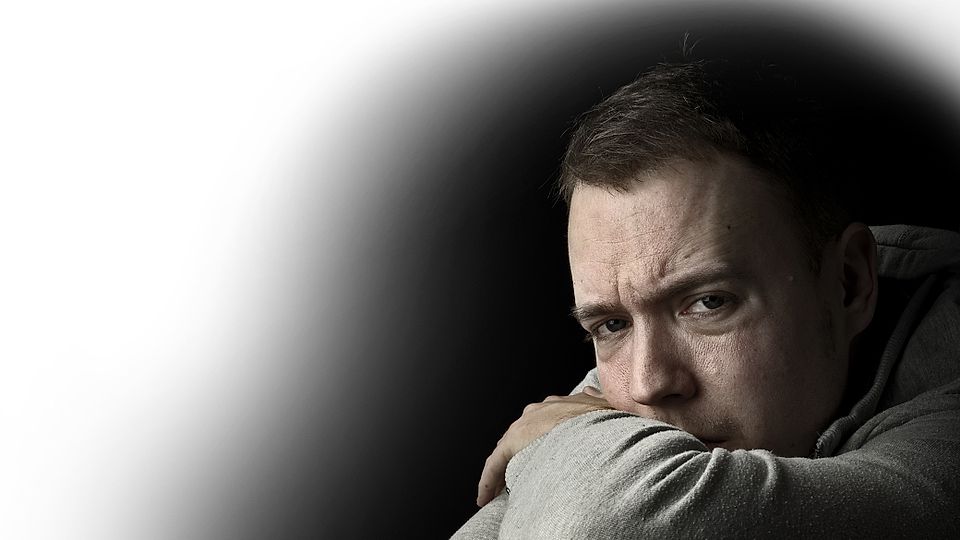Domestic violence against men: Know the signs. As with domestic violence against women, violence against men may constitute a crime, but laws vary between jurisdictions. Nor is anything really changing.

The reticence undertaken by most males , who are involved in unhealthy relationships, may be linked to the stereotypical gender roles we place on a married couple. Read about violence against men and facts on domestic violence against men. Learn where battered husbands and male victims of domestic abuse can get help. Bromley Fixer Paris Robin, 1 wants to change the way people perceive male victims of domestic abuse.
Find out how to break the cycle of abuse and where to get. People who argue male victims of domestic violence are overlooked by police, the courts, and health services often quote a single, trusty statistic: one in three DV victims are male. Respect’s Men’s Advice Line is proud to be working with The British Board of Film Classification (BBFC) on a consultation with male survivors of domestic abuse, about how scenes of domestic abuse are classified and the warnings we see before we watch scenes of domestic abuse.
DOMESTIC abuse affects an estimated 1. With the first ever conviction of domestic abuse made against a woman, we lay out the tragic facts and figures of male domestic abuse. White Ribbon Australia choose to work towards the elimination of gender-based violence towards women. Read more about our history and why we work to prevent men’s violence against women. Although most domestic abuse cases that are reported are of abuse against women, men in this country are also abuse victims. Typically, people only think of abusers as men.
Male victims of domestic violence are being failed by the system. This article reviews the literature relating to domestic violence against men and examines some of the reasons why men are reluctant to report violent episodes. The article focuses on men as the victims and women as the perpetrators of domestic violence and identifies gaps in service provision. However, this stance is not supported by the One in Three Campaign, an organisation that advocates for male victims of domestic violence in Australia.
One in Three’s Greg Andresen says domestic violence against men is “a big problem and it’s a hidden problem, because men don’t just talk about it. To add insult to injury, male victims of family violence often find it distressing to see social marketing campaigns such as Violence Against Women Australia Says No (federal) and Don’t Cross the Line (SA), which suggest that men are the only perpetrators of family violence and women and children the only victims. Male Victims of Intimate Partner Violence.
Fortunately, men are generally protected by the same laws that protect women. The challenge still remains in ensuring men are actually referred to local domestic abuse services and that they are well funded to cope. According to the charity, a third of domestic violence victims are male yet only 0. While domestic , sexual and gender-based violence have recently emerged as an increasingly important topics both in Ireland and in the international community, they have been framed principally with respect to violence against women, particularly sexual violence. However, domestic violence is mostly seen as synonymous with violence against women.

Incidents of domestic violence against women occur every seconds in the U. One of these issues is Intimate Partner Violence (IPV) against men. The popular image of IPV is based on the familiar gender stereotype of a male villain and a female victim. But that stereotype paints an incomplete picture, with new research indicating a high number of male victims of domestic abuse. Portraying domestic violence services as a space for women survivors can be a barrier to help-seeking by men, the authors point out. Mark Brooks, chairman of the ManKind Initiative, a British charity for male victims of domestic abuse, said that when men do reach out for help, they tend to be looking for validation, or someone to confirm that they are actually victims.
The dual stereotypes of the violent man and passive woman have undoubtedly obscured the existence of male victims of domestic violence in the past. Men were also unlikely to view their own victimisation as either domestic violence or a criminal assault, and so were unlikely to seek help. Victims may fear their abusers will seek retribution if they go to the police, or they feel great uncertainty about leaving their home for temporary safe house shelter. There are many programs for men to stand up against domestic violence by men, and no programs urging women to stand up against domestic violence by women. This ratio of men to woman victims of intimate partner physical violence is not reported in the Executive Summary or other fact sheets of the NISVS survey.
Gender roles vary from society to society, as does the prevalence and nature of domestic violence. To ignore the impact of gender on domestic violence does a disservice to people of any gender.
Комментариев нет:
Отправить комментарий